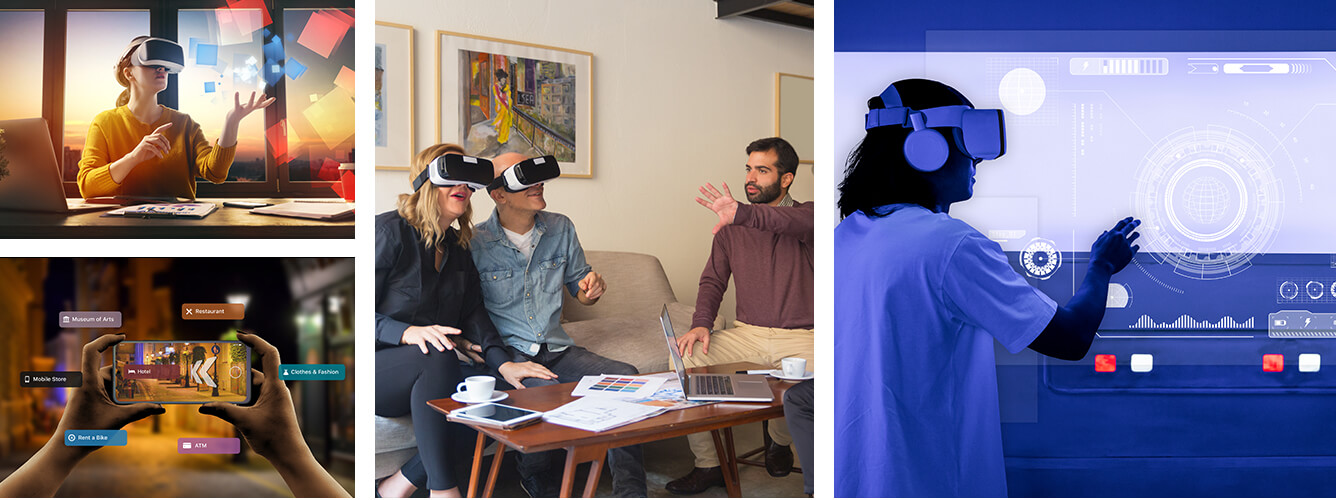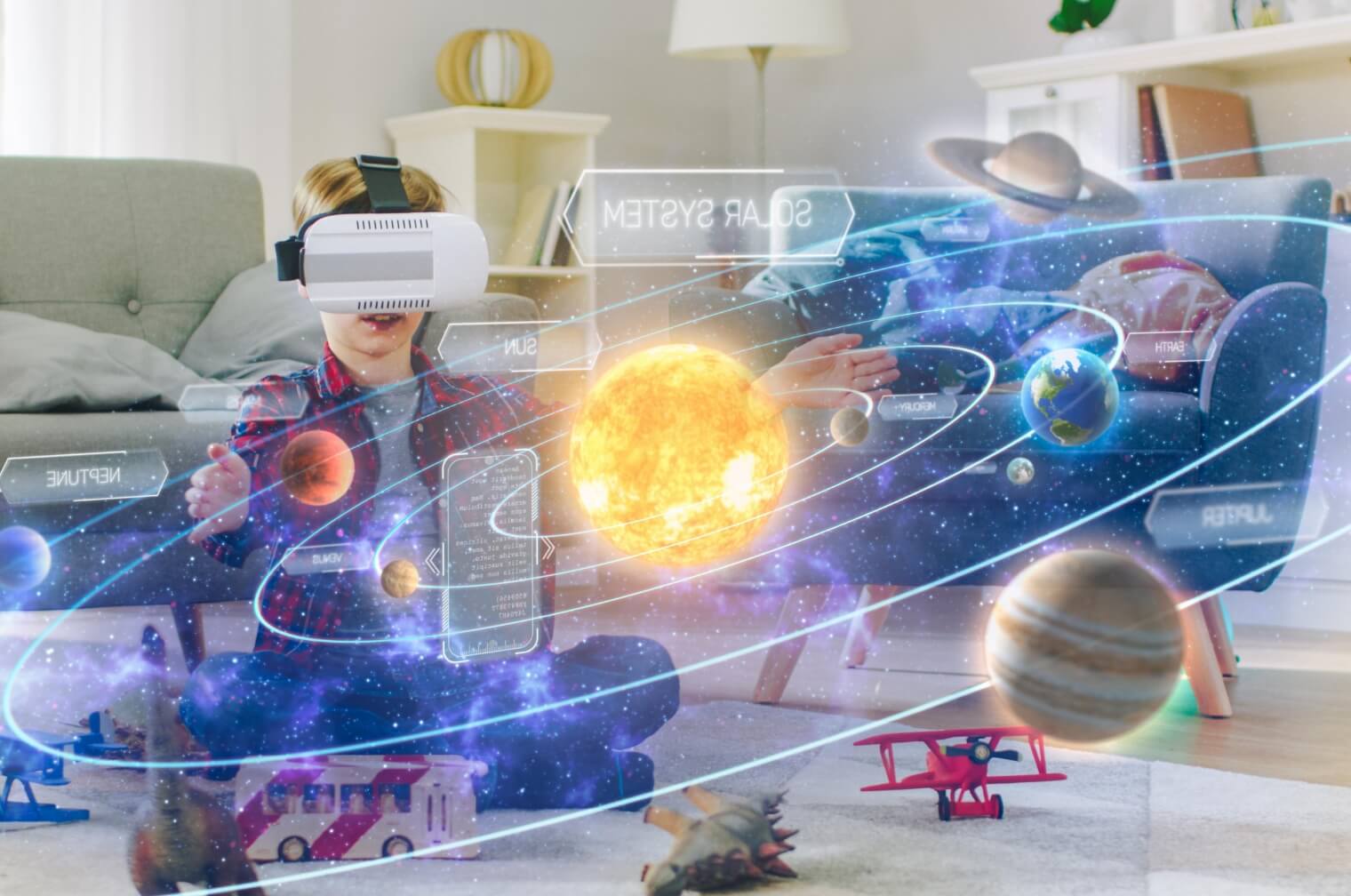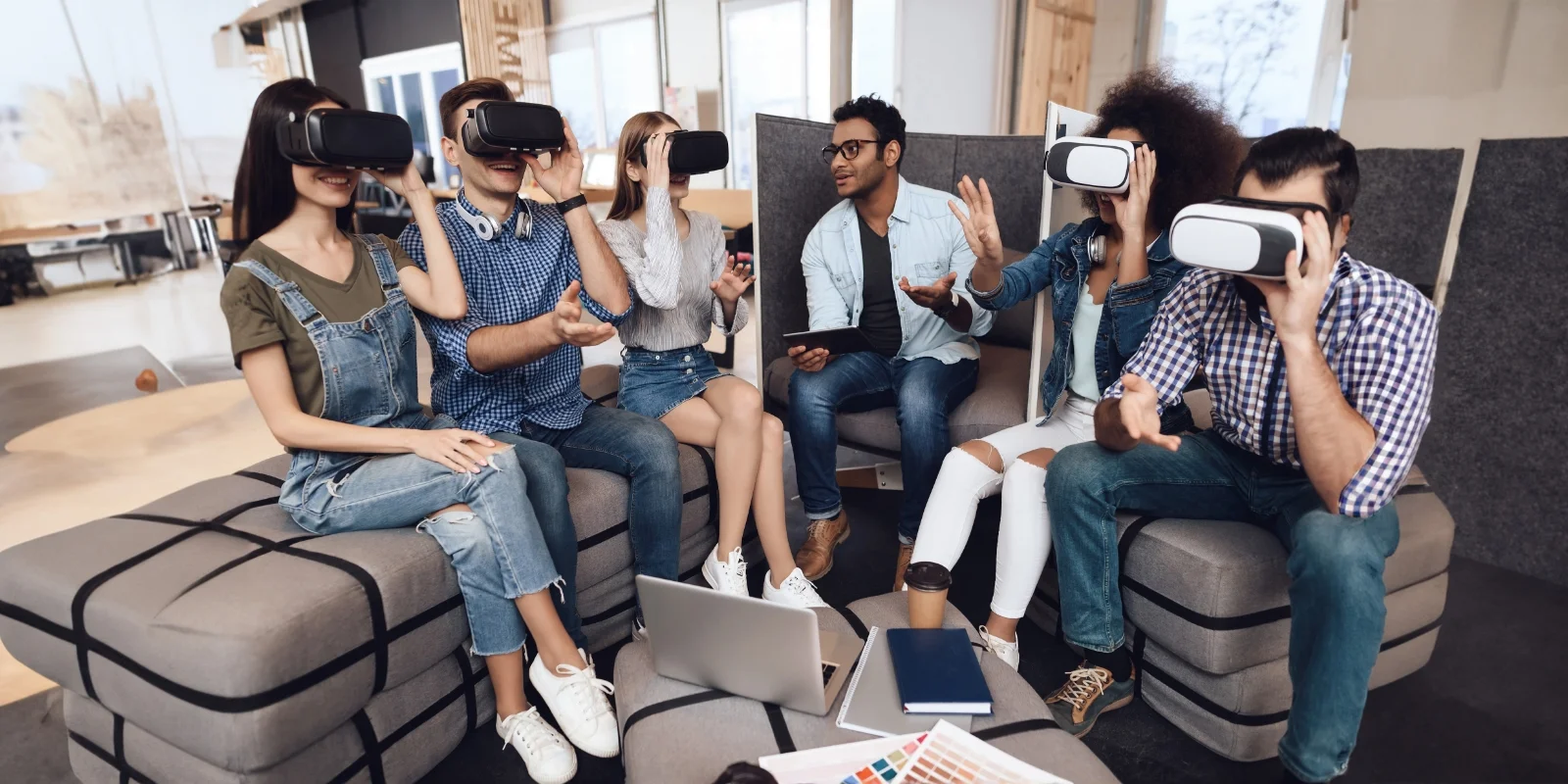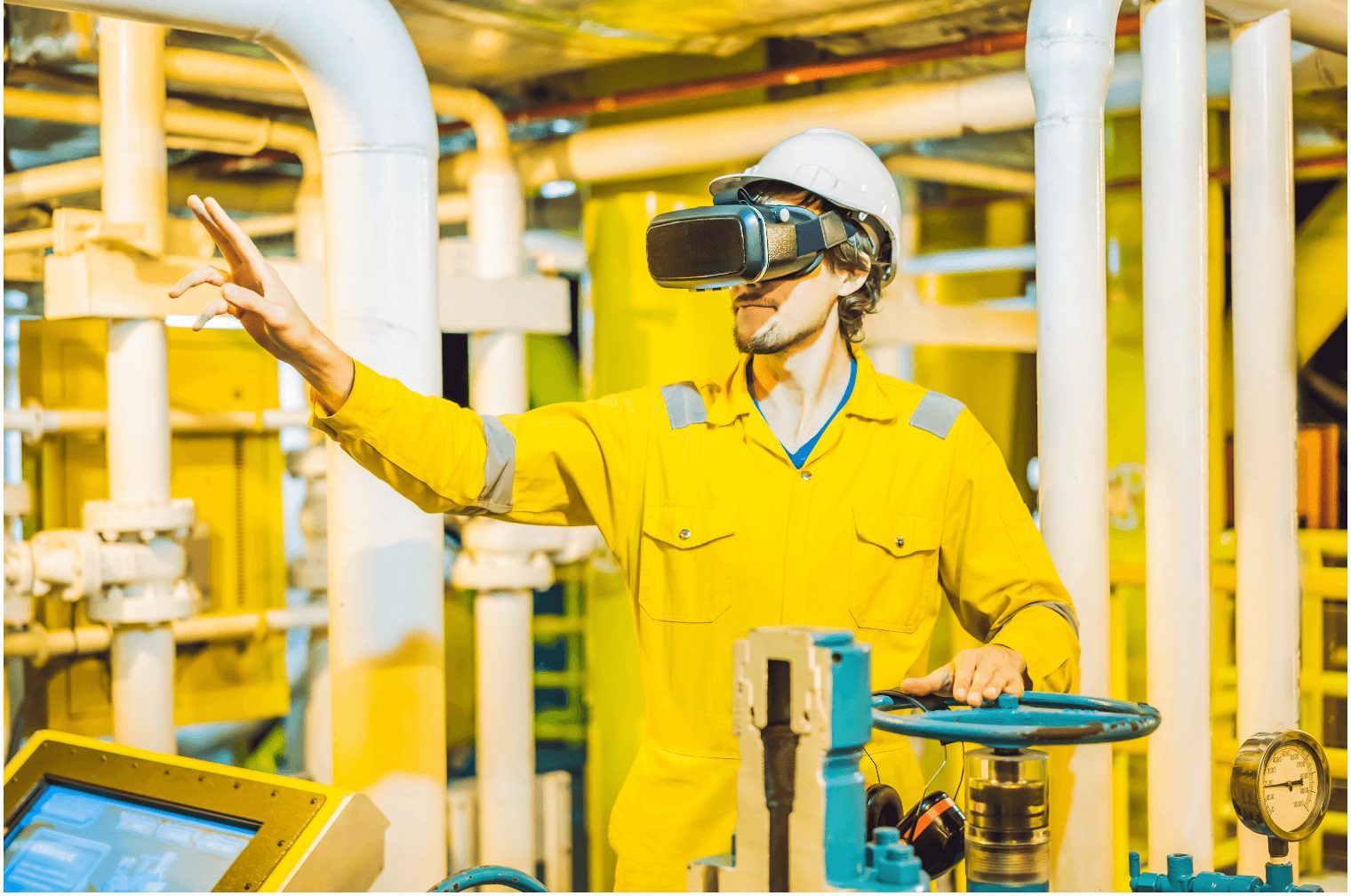Machine Learning and AI for revolution of Tech Companies are changing and streamlining businesses.
Based on the exponential rate at which technology advances, it is not difficult to picture what life will be like in ten years. Compared to the previous ten years, the globe would be radically different. All were owing to the smartphone applications, AI, and AR/VR technology that has emerged in the last ten years. But what is more recent and can transform current businesses? Extended Reality Technology (XR) is the solution. Extended Reality (XR) encompasses various distinct sorts of technological breakthroughs.
What is extended reality?
Extended Reality is a brave new frontier in technology and human connection. Augmented Reality, Virtual Reality, and Mixed Reality are all examples of extended Reality. Extended Reality is abbreviated as XR, where X is a variable that can be replaced with any of the letters A, V, or M. Extended Reality is defined as the use of immersive technology to expand Reality and merge the virtual and physical worlds.
Augmented reality: (AR)
AR app creation integrates the user’s physical environment with the digital world, enriching the real world with digital features such as words, photos, and animation. AR glasses, smartphones, and tablets might be used to experience it. For example, Pokemon Go is a game that overlays digital animals into the actual environment, while Snapchat filters add digital overlays to your photos, such as a hat or a drink.
Virtual reality (VR):
app creation integrates the user’s physical environment with the digital world, enriching the real world with digital features such as words, photos, and animation. AR glasses, smartphones, and tablets might be used to experience it. For example, Pokemon Go is a game that overlays digital animals into the actual environment, while Snapchat filters add digital overlays to your photos, such as a hat or a drink.
Mixed reality (MR):
MR Merges the real and digital worlds to create a single environment where individuals can communicate and interact in real-time. This was sensed using MR headsets. For example, Microsoft HoloLens, an MR headset, allows us to position a digital item and interact with it in an organized manner.

How did augmented reality change the world?
Let us analyze sector-wise as they benefit from XR.
Education and training:
This sector utilizes XR solutions most beneficially. NASA is vigorously trying to experiment with XR to train its employees in space station repair & maintenance.
Retail sector:
This industry is becoming more innovative by allowing people to test products before purchasing them. One of the leading watchmakers globally, Rolex, has embraced AR tech to deliver its clients the luxury of trying out virtual watches on their wrists.
Marketing:
This is another industry impacted by VR technology. Thanks to highly developed immersive marketing methods, customers may try out items and services in the virtual world.
Real estate:
XR technologies let realtors send property purchasers on virtual tours, allowing them to explore the properties without physically visiting the location. Prospective tenants or purchasers may virtually explore multiple sites in a matter of hours and decide which ones are worth seeing in person.
Entertainment:
This sector benefits XR technology by engaging with the audience by providing almost real experiences. For example, Tread water comic book series owners released an AR mobile app that enables readers to engage with characters on pages of the Tread water graphic novel in hard copies.
What are the advantages of extended reality?
Many businesses have tested extended reality, from healthcare to on-the-job training. In-person visits and telehealth exchanges that take place through an internet connection and virtual reality can assist foster a stronger physician-patient relationship. Firefighters, cops, and soldiers are all employees that may benefit from virtual reality training to rehearse emergency procedures and learn the pros and cons in a risk-free virtual environment. The entertainment environment as we know it is shifting, and producers, engineers, and film studios are taking notice. 66% of customers are interested in VR for TV, movies, and video, indicating the potential for commercial VR growth as the technology becomes more affordable.
Conclusion
As XR technology becomes more sophisticated and prevalent, it will undoubtedly influence many more sectors. How virtual reality has changed the world can be measured by the fact that the XR industry is predicted to grow to more than $9 billion by 2025, with HP leading the way. You might only think about extended reality (XR) as it applies to games. While it is true that this novel technology provides a tremendously immersive digital experience that pushes the boundaries of the gaming medium, XR has enormous promise in a variety of other sectors.









